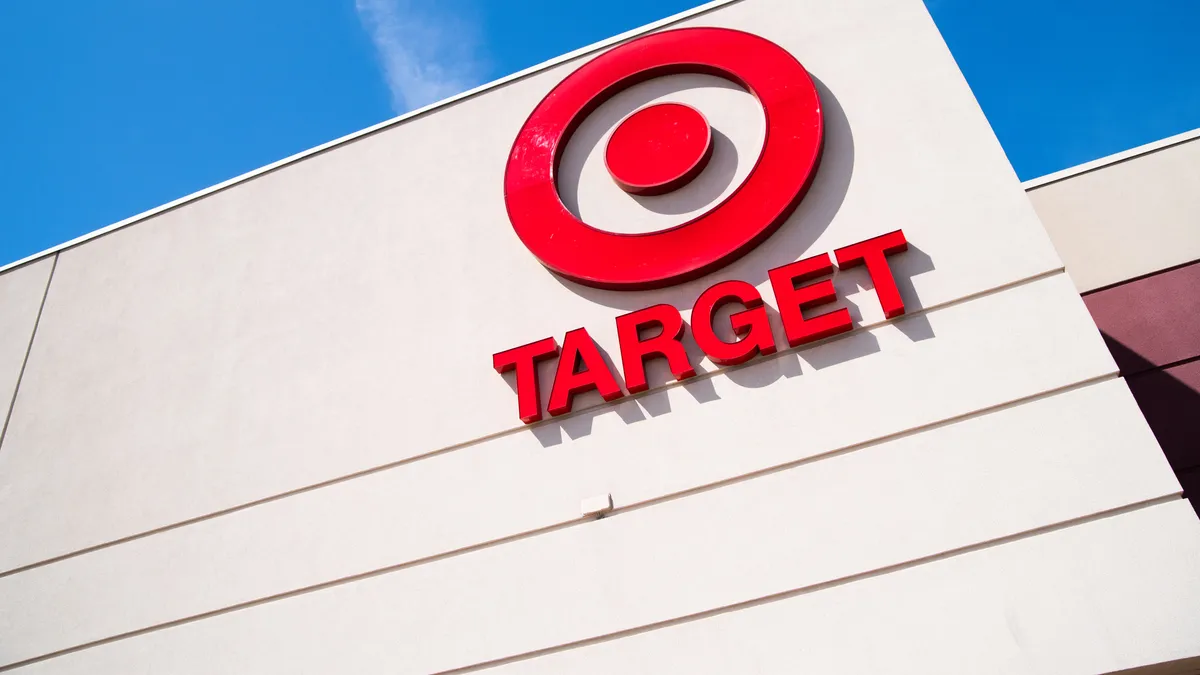Dive Brief:
- With inventory down 16% YoY by the end of Q1, Target is keeping its position lean as it weathers lingering volatility in consumer spending this year.
- On a call with analysts last week, Target executives described the retailer’s inventory position as “conservative” and “cautious” after the retailer saw what CEO Brian Cornell called “further softening” in discretionary spending in March and April.
- Even while it takes a cautious position, COO John Mulligan said the retailer has been making “some purposeful inventory investments” into high-frequency categories “in light of the rapid growth we've been seeing and to ensure we're in stock.”
Dive Insight:
This time last year, Target — along with many of its peers in retail, including fellow giant Walmart — got caught on the wrong side of a sudden, dramatic downshift in consumer spending on discretionary goods.
Target responded with markdowns to clear store space and refreshen its merchandise, a process that continued throughout the year and led to painful hits to the company’s margins and profits.
But the end result is what Target sought: smaller inventory levels. In discretionary categories, inventory was down 25% in Q1 this year compared to same period last year, according to executives.
The YoY inventory decline is a product both of the “cautious position” Target is taking today and “impact of excess inventory on last year's balance sheet,” Mulligan said. And the size of that decline would be even larger if not for the additions Target has made into high-performing inventory, Mulligan also noted.
Less inventory and more inventory efficiency has meant more cash.
While the company’s operating profit fell slightly from last year, Target generated $1.3 billion in cash in Q1, compared to the previous year when its operations “absorbed $1.4 billion,” according to CFO Michael Fiddelke. He told analysts that the difference in cash generation in Q1 2023 “was driven almost entirely by changes in our inventory investment compared with last year.”
The finance chief said that Target’s more conservative position “gives us flexibility and agility,” while Cornell said that it “allows us to bring newness into our assortment.” Fiddelke also noted that “you'll continue to see us take that posture for the balance of the year.”
As it works to keep current levels in line with sales, Target has also been working to make its inventory replenishment systems more efficient, an investment process Mulligan described as a “multi-year journey” to modernize.
“When I moved into this position eight years ago, store inventory replenishment was a standardized inflexible process that placed a heavy burden on our store team members,” Mulligan said. “With this modernization effort, our primary goal is to reduce those labor demands on our stores.”
The company did this, he added, by building out processes, technology and automation at distribution centers, which in turn have increased labor efficiency.















